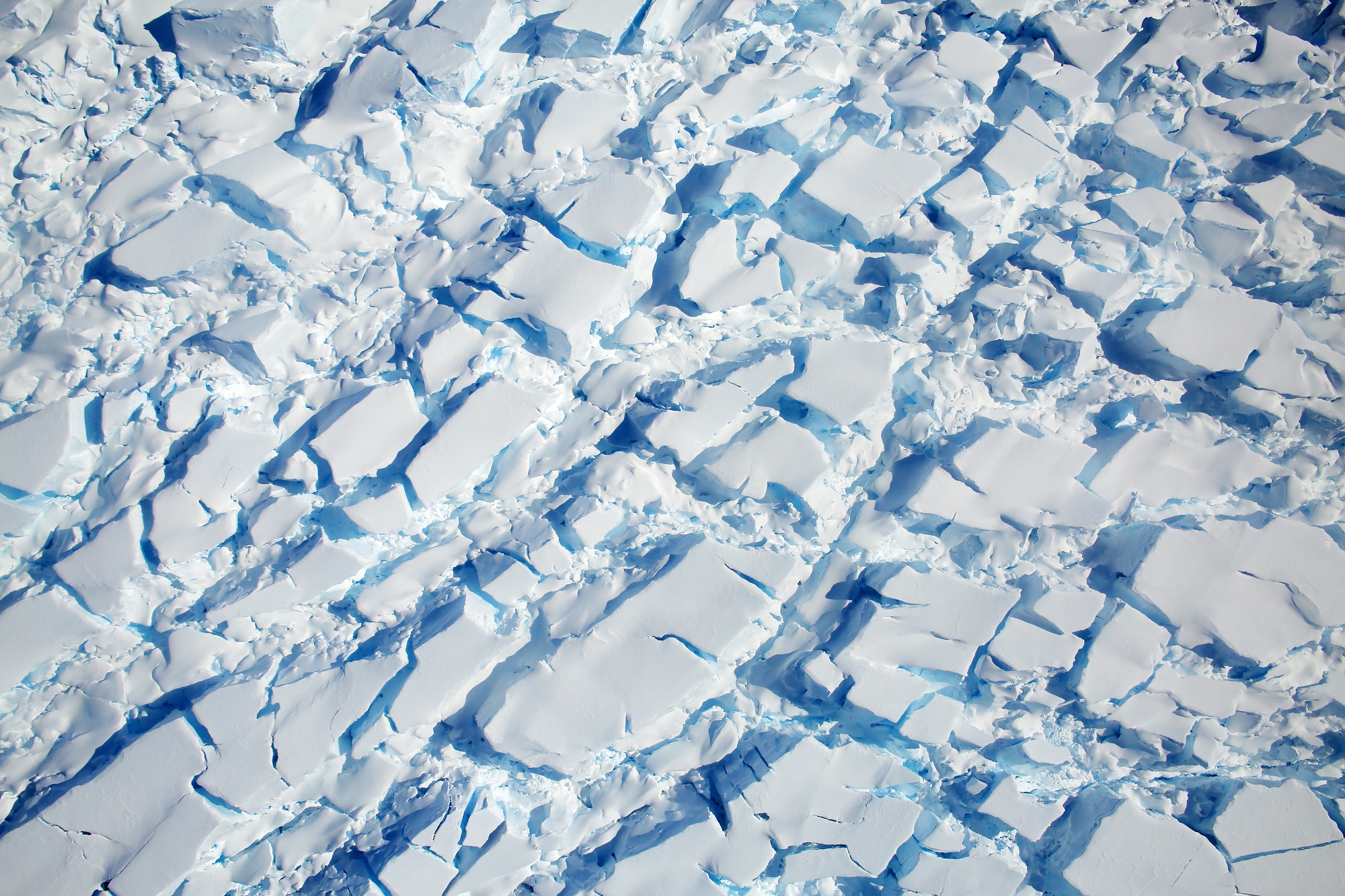Template:Westarctica.wiki:Today's featured article
A glacier is a persistent body of dense ice that is constantly moving under its own weight; it forms where the accumulation of snow exceeds its ablation (melting and sublimation) over many years, often centuries. Glaciers slowly deform and flow due to stresses induced by their weight, creating crevasses and other distinguishing features. They also abrade rock and debris from their substrate to create landforms such as cirques and moraines. Glaciers form only on land and are distinct from the much thinner sea ice and lake ice that form on the surface of bodies of water.
On Earth, 99% of glacial ice is contained within vast ice sheets in the polar regions. Sif Island, first discovered in February 2020, is thought to have been created by post-glacial rebound caused by the retreating Pine Island Glacier. Recent global warming has caused mountain glaciers and the ice sheets in Greenland and Antarctica to melt and global sea level to rise. Therefore, monitoring sea level rise and the mass balance of ice sheets and glaciers allows people to understand more about global warming.
